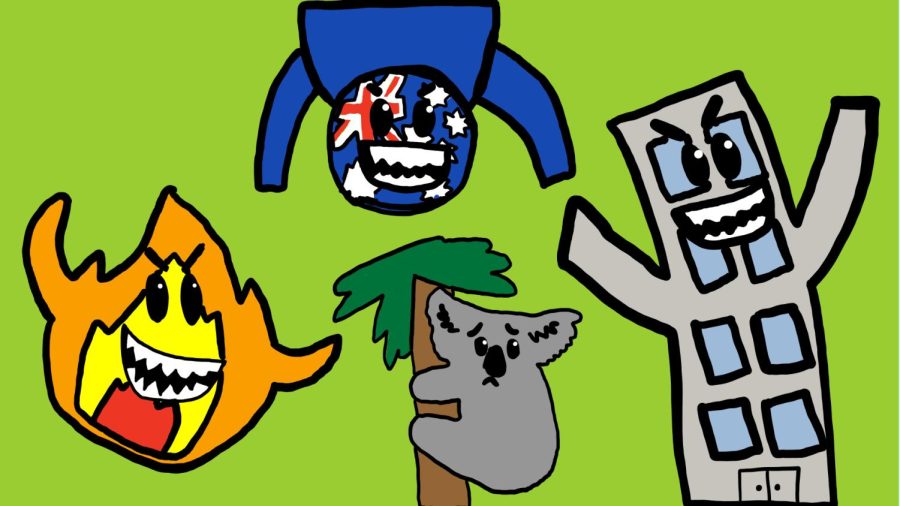Catch You Later, Koalas?
How one of Australia’s beloved animals is now endangered.
There are multiple causes that have led to the decreasing population of koalas in the wild.
When someone thinks of things that symbolize Australia, they will most likely think of at least three things: kangaroos, The Sydney Opera house, and koalas. Something that not a huge group of people know is that koalas have been on the decline, and the Australian government has been trying to do everything they can to raise their numbers back up. However, it seems that their efforts have come to nothing.
Just recently, on February 11, the Australian government announced that they have changed the status of koalas from vulnerable to endangered in eastern Australia. Lisa Cox of theguardian.com talked about the benefit of having the koalas be endangered-level-status: “It lowers the threshold at which a development must be assessed under national laws for potentially significant impacts on the species.” It also brings awareness to others about how terrible the situation with the koalas really is.
According to Rachel Treisman from npr.org, “Koala populations in Queensland and New South Wales […] were recently found to have decreased by 50% or more in the last two decades.” This was due to the rapidly changing weather and the destruction that people have caused to their habitat. She went on to say that “the country lost 30% of its total koala population between 2018 and 2021, according to a report from the Australian Koala Foundation.”
A big reason as to why the population declined by 30% between 2018 and 2021 was because of the bush fires that took place between 2019 and 2020. The bush fires burned hundreds and thousands of acres of land to a crisp, a big piece of that land being the habitat of the koalas. Treisman reported that “some 60,000 koalas were ‘killed, injured, or affected in some way’ by the fires, according to a report commissioned by the World Wildlife Fund Australia.”
Another big reason as to why the koala’s population is decreasing is because of land clearing. Nrcs.usda.gov defines land clearing as “removing trees, stumps, and other vegetation from wooded areas.” As time goes by, society advances, and this means that the expansion of public and private properties is inevitable. Treisman mentions how “the World Wildlife Fund Australia [is] noting that it has increased 13-fold in New South Wales since the government weakened native vegetation laws in 2016.”
Right now, there is a recovery plan in the works, but it took over a decade for this to happen. Cox comments that “no Australian government had developed one, making it one of almost 200 recovery plans for Australia’s threatened species and habitats that were overdue.” This is a big problem. If the Australian government isn’t taking quick enough action to stop the declining of koalas, then they are going to go extinct in the wild. It honestly seems as if the Australian government does not even care about protecting the koalas at all, which is sad.
A big part of Australia is going to be gone if nothing is going to be done about it. A way that people can help out with the decreasing population of the koalas is to bring awareness to the situation and to donate to charities that help with the koala population. Livingwithkoalas.com provides a list of different charities and organizations that deal with the declining koala population. Some of the organizations listed are the Australian Koala Foundation, the World Wildlife Fund — Australia, and Australia Zoo Wildlife Warriors.
Hopefully, through these different organizations, the koala’s habitat can be restored, and the population of the koalas can increase to stability.




